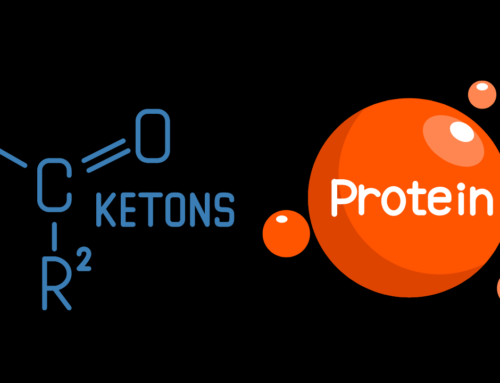This week, we have been chatting about the second system to train for increased recovery ability and to be more robust.
The first system was temperature and the second system is pH.
Your body has to regulate both core temp and blood pH very tight. Small deviations = no bueno.
Since your body is an amazing adaptive organism, you can train to tolerate higher temps, cooler temps, low pH, and even higher pH temporarily.
One of the most common ways to train pH is by high-intensity exercise (HIIT) as it creates tons of lactate and H ions. Yep, literally an acid.
The caveat here is that I am talking about true HIIT, not the mamby-pampy “HIIT” stuff done by the poor souls who hop on the treadmill at Planet Fitness. Or the random chest thumpers on the ole interwebZ that show a pool of sweat with the tag line “High-intensity work done today for 45 minutes. Gotta train hard, bro #gainZ #intensty. “
Baw!
Newsflash, High-Intensity Hank, if you can do it for 45 minutes continuously, that is not high intensity, bro-sefus.
The classic high intensity (HIIT) method used to torture clients and exercise physiology students around the world is Wingate testing.
When I was doing my Ph.D. at the University of Minnesota, I was one of the TAs for the 400 level Exercise Physiology class where each Friday we would have a practical in the lab.
One of those practicals was Wingate testing.
Coach Cal Dietz and his staff were in the same building on the other side, and they shared one of the bathrooms with the Ex Phys lab.
One day, one of Cal’s assistants (Kevin) poked his head around the corner into the lab.
I said hi and asked Kevin what was up.
“Ah, I figured you were doing Wingate testing today,” Kevin said.
“How did you know?” I asked.
“One of your students is puking in the bathroom so I figured it was Wingate testing day.”
Spot on assessment, Kevin.
Wingate testing is all-out-light-your-balls-on-fire max output for 30, 60, or even 180 seconds.
In the lab, we used special bikes where you start at a low wattage after your warm-up. When the TA says GO, the student pedals as fast as they can for several seconds against a very low wattage (work). Easy right?
Wait for it …
….then BOOM, I flip the switch on the bike that instantly bumps up the wattage from 50-100W to 300 -700W or more instantly. The test has now started.
The student here keeps pedaling as hard as they can the entire time.
The first part of the test feels ok. You have the sensation of “Yeah, I got this; no problem.”
Then about halfway in it starts to suck. Your quads are on fire, the air seems to have been replaced with heated water vapor as it burns your lungs, your sides feel like someone jammed a red hot poker in them.
Toward the end – second 21 of a 30-sec test, it feels like your leg muscles were replaced with concrete. Pedaling becomes exceedingly hard.
And then it ends—-wahoooooo!
Your first few steps off the bike feel like a baby giraffe trying to walk for the first time. Then you start to feel a bit nauseated. A few students do the “baby giraffe trying to sprint” amble to the bathroom. The door slams. A yak appears.
Lots of fun!
The prototype Wingate test was based on the Cumming’s test introduced in 1974 at the Wingate Institute in Israel (Ayalon, A et al).
You can do the test running or on a Concept 2 rower too for more fun. My go-to is the rower since it will give you power in watts automatically and much less risk of injury if you are not a sprinter. For my advanced M3 online clients, I have a full bioenergetic profile that I run them through over the course of a week that includes a 30 sec, 60 sec, and 180 sec Wingate along with 100M, 2k, and 20 min rowing tests over the course of a week.
They love it.
Ok, not really.
A few have made their own graphics for it, affectionately called Hell Week.
True HIIT is not fun until you are done.
The goal is to train your body to create lots of power.
The by-products are lactate- which gets used as a fuel, and H ions.
Related to physiologic flexibility, your body then up-regulates the ability to intrinsically buffer this massive influx of acid since blood pH can’t change that much.
When you are training true HIIT, you get a 2 fold benefit 1) better power output 2) better ability to buffer a high acid load.
Be more robust by adding a few minutes to your training a couple of times a week.
Train HIIT!
Dr Mike
References:
Ayalon, A; Inbar, O; Bar-Or, O (1974). “Relationships among measurements of explosive strength and anaerobic power”. In Nelson, RC; Morehouse, CA (eds.). Biomechanics IV. International series on sport sciences. 1. Baltimore: University Press. pp. 572–577.




Leave A Comment